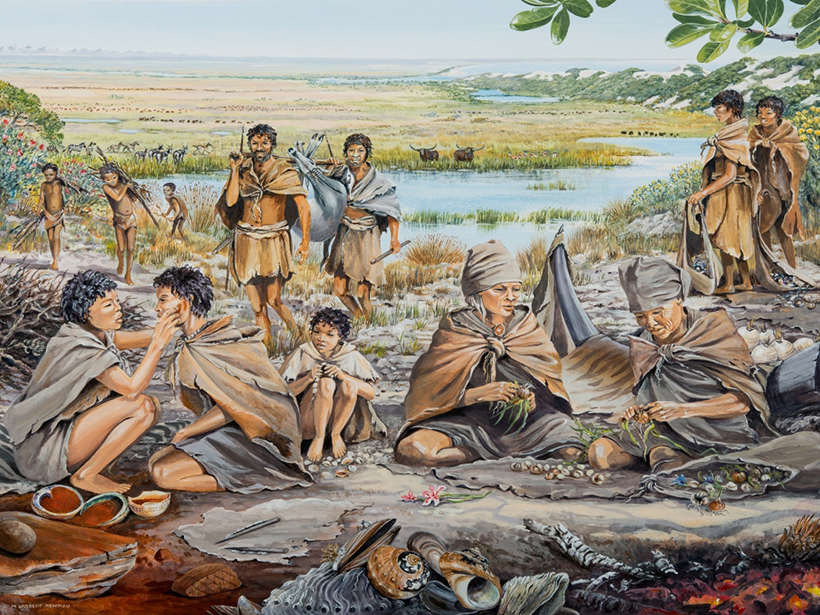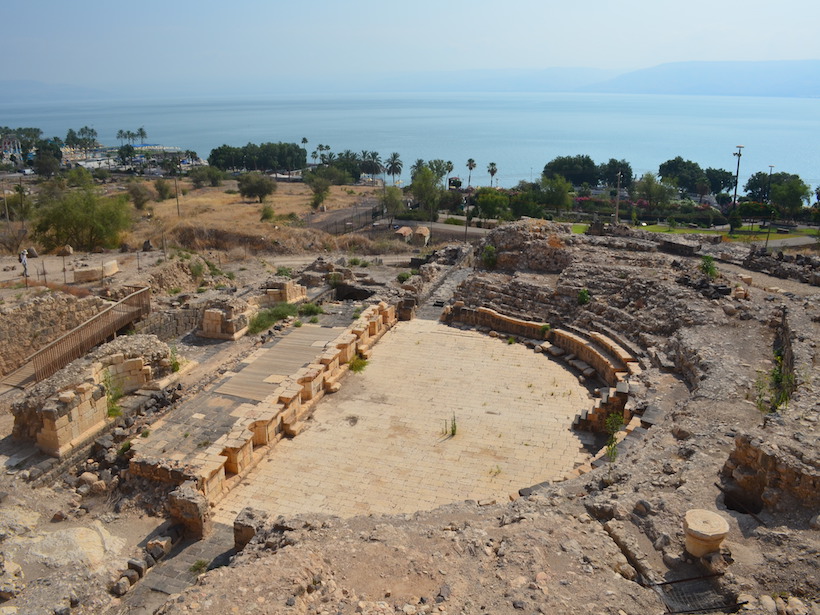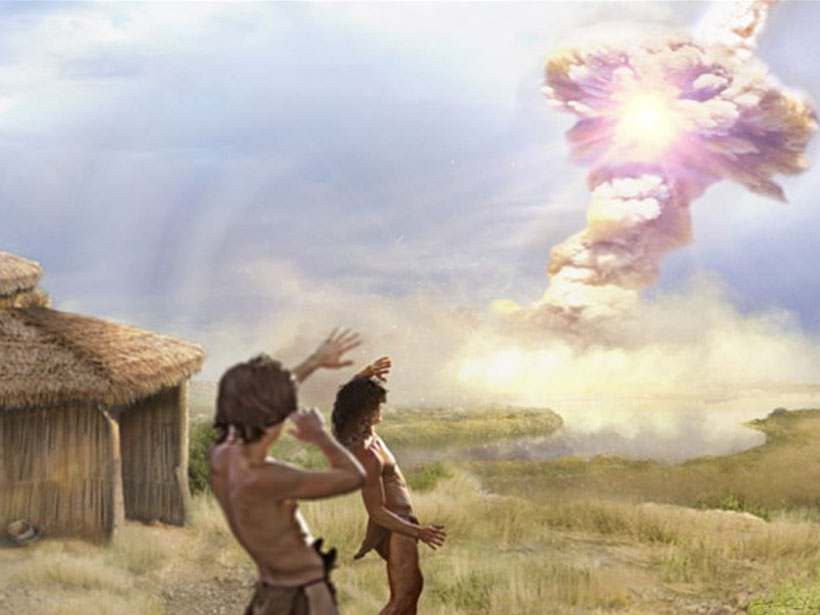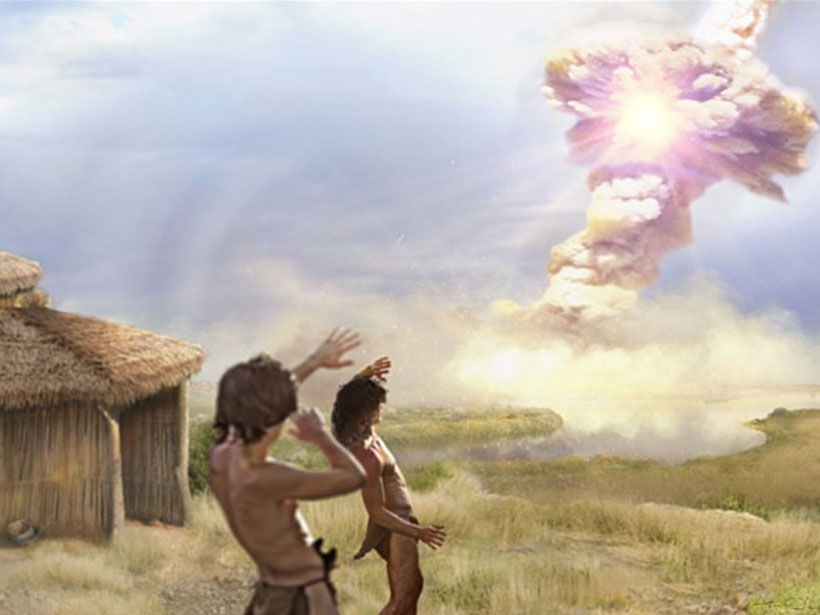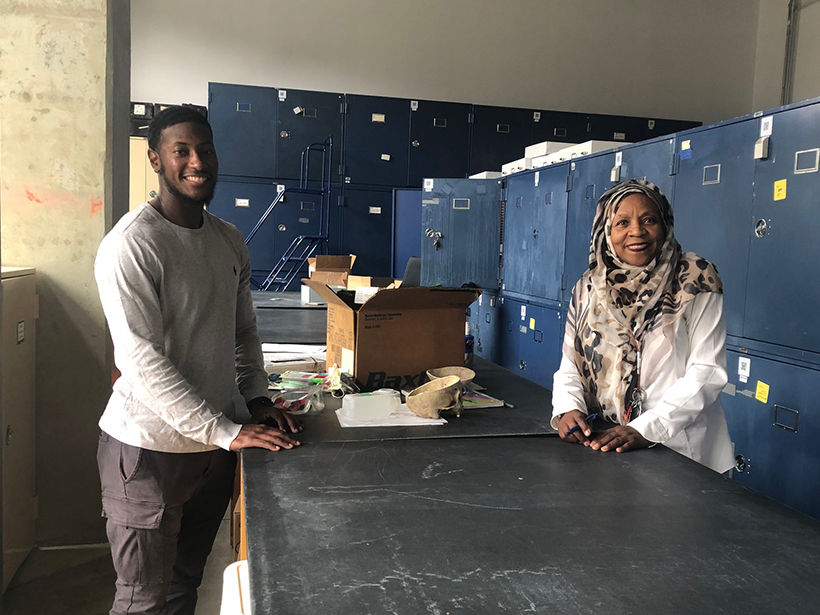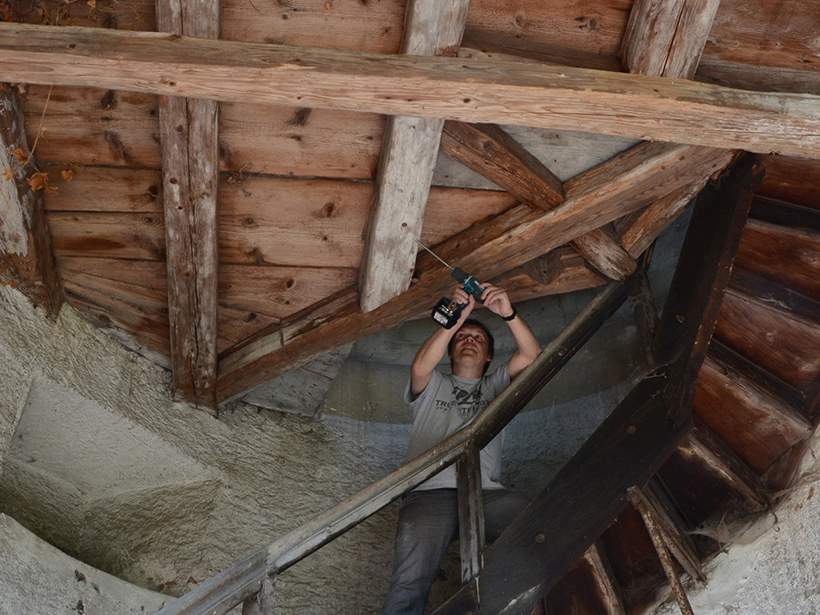Sea level changes have repeatedly reshaped the Paleo-Agulhas Plain, a now submerged region off the coast of South Africa that once teemed with plants, animals, and human hunter–gatherers.
archaeology
Ancient Ruins Reveal 8th Century Earthquake in Sea of Galilee
Research into past seismic activity shows northeast Israel is still vulnerable to large quakes.
Armagedón a 10,000 A.C.
Fragmentos de un cometa probablemente golpearon la Tierra hace 12,800 años, y una pequeña aldea del Paleolítico en Siria podría haber sufrido el impacto.
Humans Colonized Polynesia Much Earlier Than Previously Thought
Evidence from mud, charcoal, and feces suggests humans arrived in East Polynesia during the driest period in 2 millennia.
Armageddon at 10,000 BCE
Fragments of a comet likely hit Earth 12,800 years ago, and a little Paleolithic village in Syria might have suffered the impact.
New England Forests Were Historically Shaped by Climate, Not People
A first-of-its-kind study combining paleoecology and archeology indicates that the New England landscape was not actively managed with fire prior to European arrival.
Podcast: Exhuming a Buried Piece of American History
Scientists are using grave soil to reconstruct the lives of enslaved Africans in colonial New York.
Poor Water Management Implicated in Failure of Ancient Khmer Capital
Researchers used remote sensing technologies to map Koh Ker’s buried reservoir and calculate its capacity to hold water during the rainy season.
Podcast: Discovering Europe’s History Through Its Timbers
An analysis of timber used to construct buildings in Europe hundreds of years ago is giving scientists and historians new insights into the region’s history from the 13th to 17th centuries.
Ancient Assyrian Aurorae Help Astronomers Understand Solar Activity
Records of aurorae in Mesopotamia from 2,600 years ago are helping astronomers understand and predict solar activity today.

